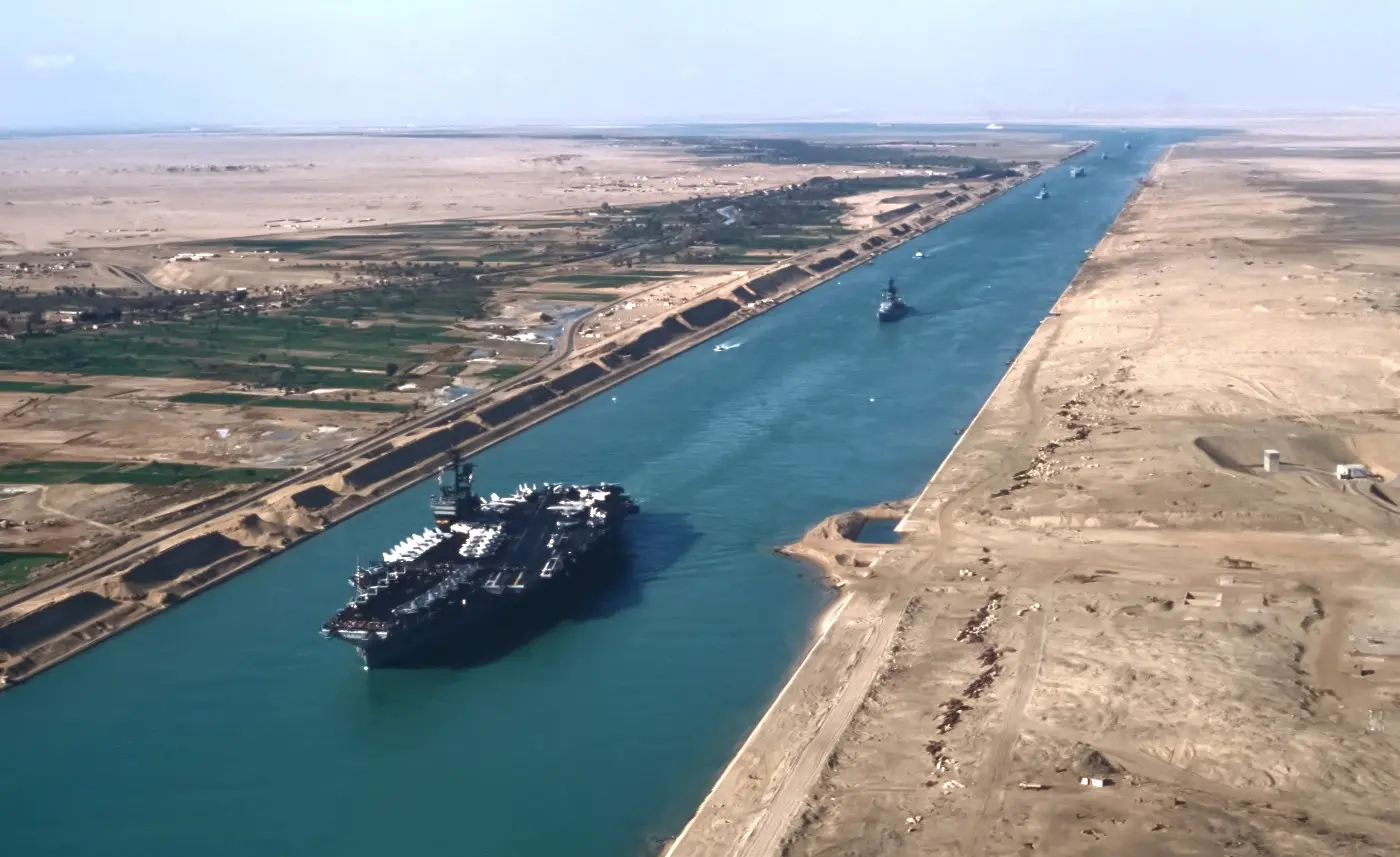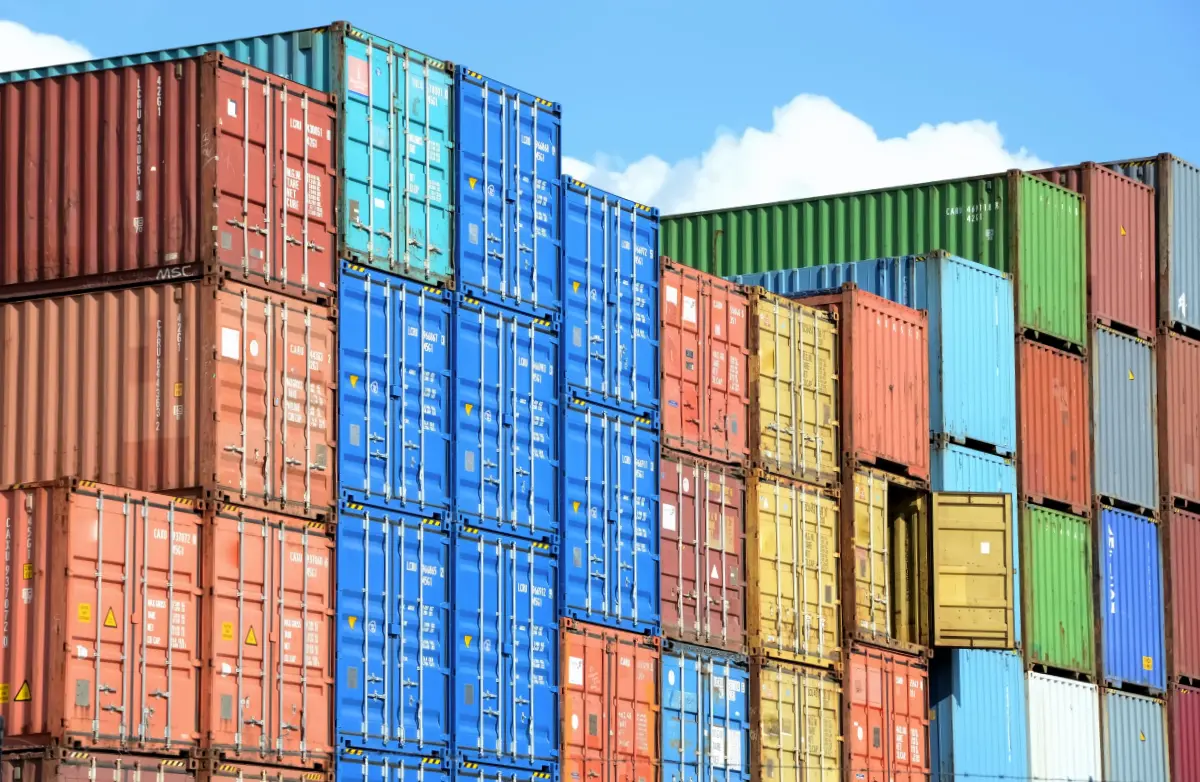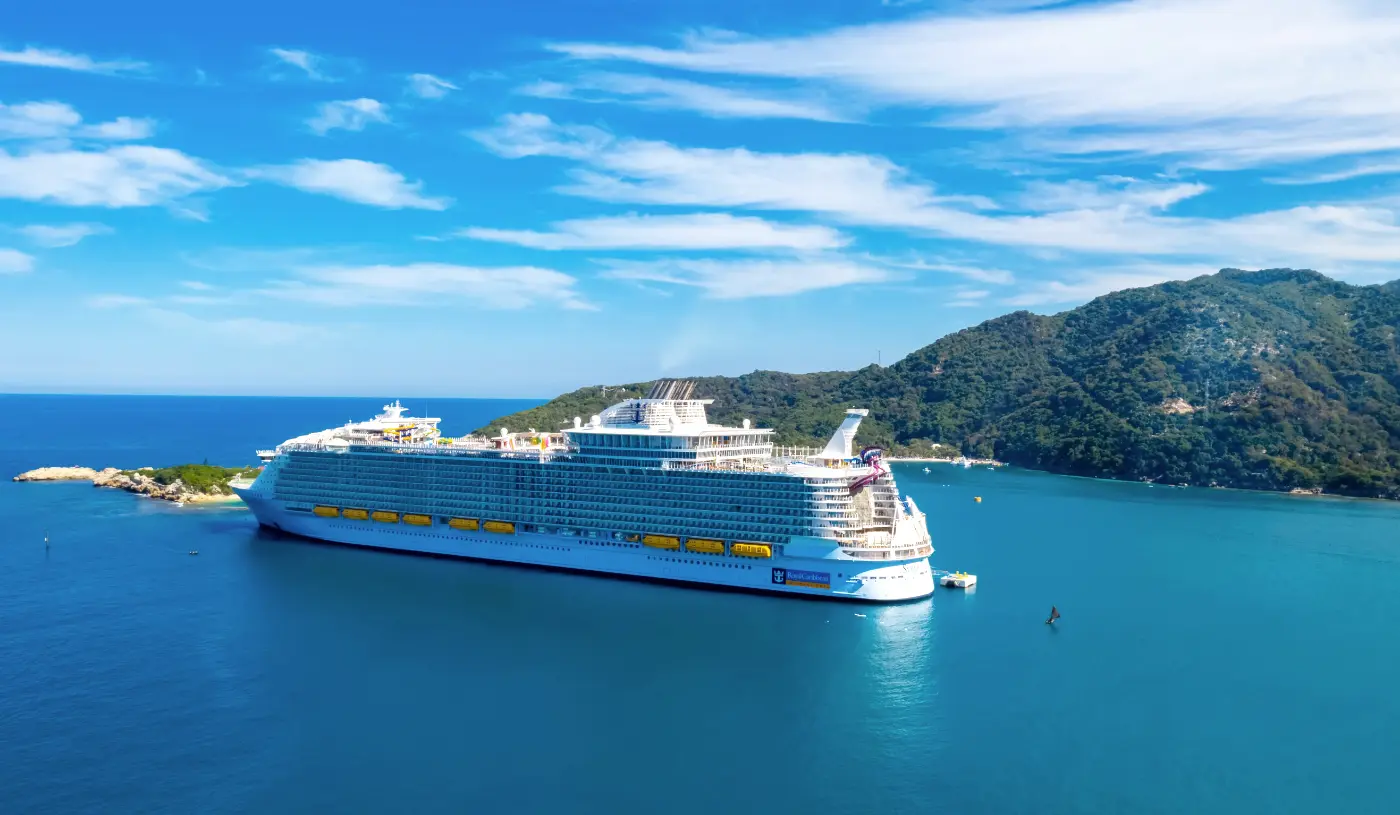The History of the Panama Canal
The history of the Panama Canal dates back centuries. Learn about the history of the Panama Canal and its present-day importance.
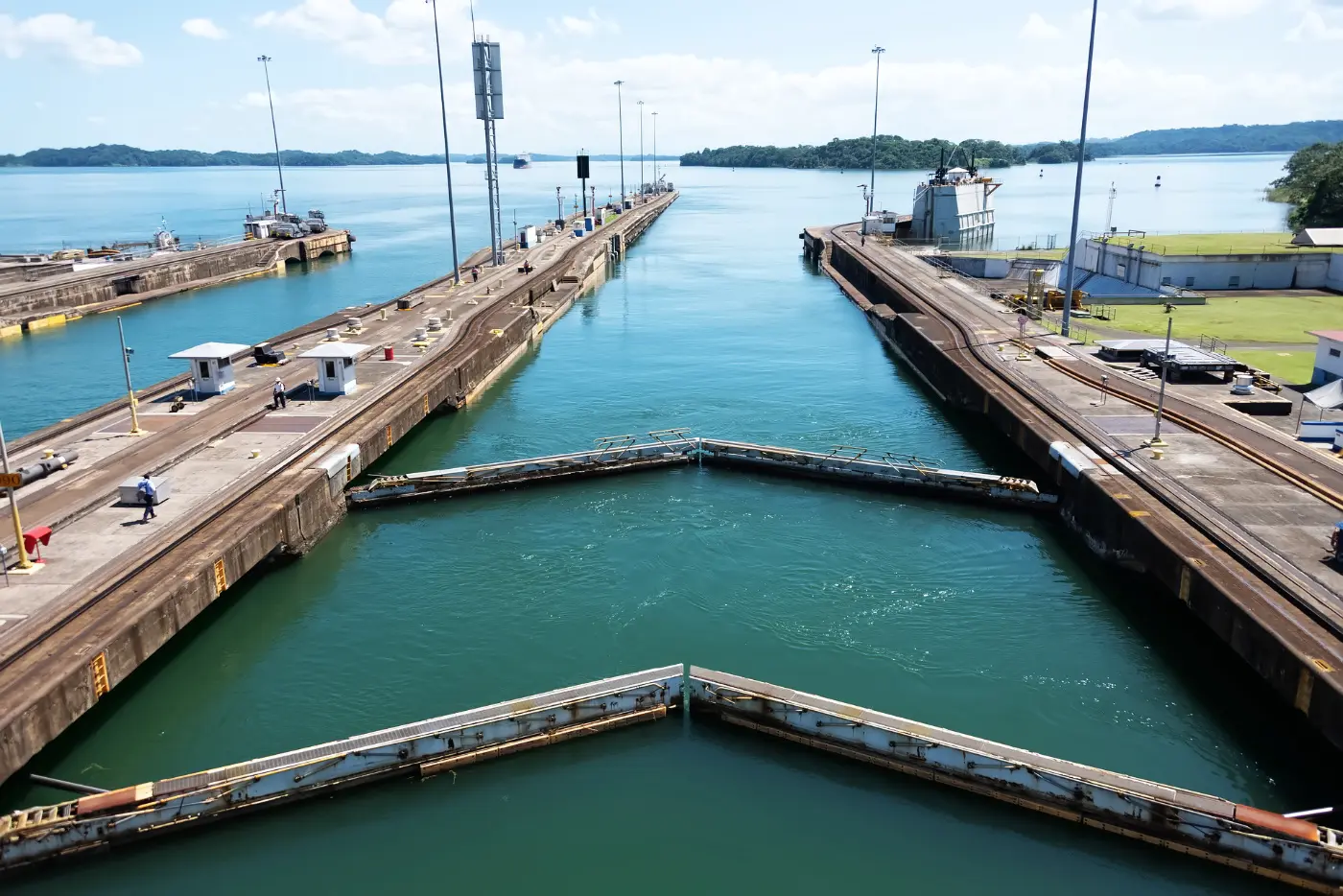
The Panama Canal is often considered one of human history's most important and impressive engineering projects and has been essential in maritime history. This artificial canal is fascinating, with nearly 14,000 ships passing through it each year, and its strategic location that cuts the journey down by around 22 days.
This article covers the history of the Panama Canal along with some of the most important facts that explain the truly intriguing nature of this passage.
About the Panama Canal
The Panama Canal is a man-made waterway stretching 51 miles through Panama. It connects the Atlantic and Pacific Oceans while dividing the North and South American continents. Since its creation, the Panama Canal has been integral in developing global transportation and trade.
Before the Panama Canal, ships had to sail the long route around South America, costing time and money. This journey was roughly 8,000 nautical miles longer than passing via the canal. By using the Panama Canal, all voyages between the Atlantic and Pacific seas are cut by thousands of nautical miles and many days.
Saving nearly 22 days of travel, the route allows for faster and cheaper international trade, considering the fuel and labor costs saved by significantly cutting down the journey.
The History of the Panama Canal
As one may imagine, carving out a canal large enough to fit trade vessels up to 106 feet wide through it is no easy task. It took hundreds of years and several changes of hands to make the idea a reality.
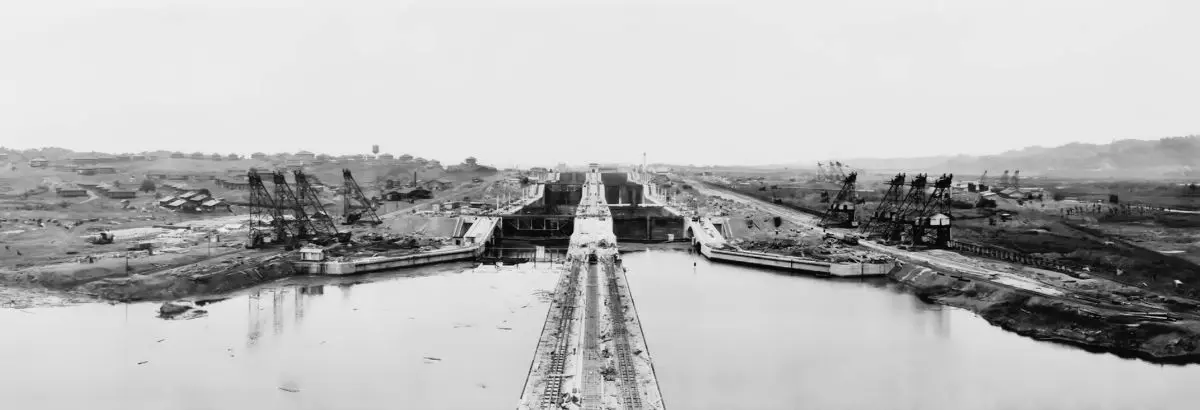
The history of the Panama Canal is roughly divided into five main stages:
Early Proposals for the Panama Canal
The wish for a canal across the Isthmus of Panama is centuries old. However, it was nothing more than an idea for hundreds of years.
The earliest recorded mention of the desire to build the canal dates back to 1513, when Spanish explorer Vasco Núñez de Balboa discovered that only a thin strip of land divided the Atlantic and Pacific oceans.
In 1534, the Roman Emperor and King of Spain, Charles V, commissioned a study to find a possible route through the Americas. This would significantly ease the ship’s travel between Spain and Peru and give the Spanish a military advantage over the Portuguese.
Over 250 years later, Thomas Jefferson also saw the potential for a canal and deemed it a better and safer way for ships than sailing around the southern tip of South America.
Tuscan explorer Alejandro Malaspina developed plans to construct a Panama Canal after an expedition from 1788 to 1793.
In 1698, the Kingdom of Scotland attempted to create an overland link instead of a canal. These efforts were, however, abandoned in 1700 due to the difficult conditions in the area. In 1843, Great Britain tried to develop a canal, but it never happened.
It was the French who ended up taking the project seriously. The French had successfully built the Suez Canal and signed a treaty with the Colombian government in 1878 to construct a canal through Panama (back then, Panama was a province of Colombia).
The French Attempts to Constructing the Panama Canal
French diplomat and entrepreneur Ferdinand de Lesseps took the first steps towards digging the canal in 1881. He saw the potential fortune that the crossing would bring if it were actualized and was, therefore, able to raise a substantial amount of money for the project.
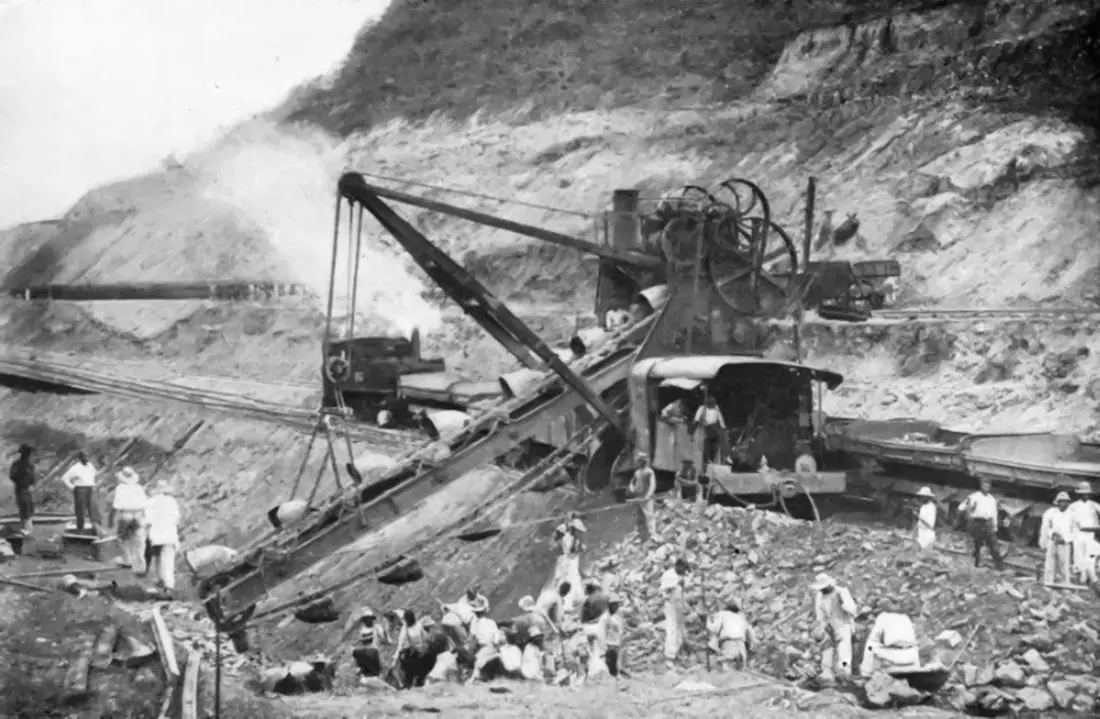
However, the French significantly underestimated the costs and difficulties of carving such a vast canal out of the land. Building the Panama Canal was a more significant challenge than first anticipated. It only needed to be about 40% of the Suez Canal's length, but the terrain and climate made it difficult. In addition, de Lesseps’s men were unprepared for the rainy season and the following rising rivers. Snakes, insects, and tropical diseases made it even more difficult and killed thousands of workers.
Despite a continued flow of money and labor from France, the canal project ran out of money and went bankrupt in 1889. De Lesseps and his French crew abandoned the project partway because of the costs and thousands of deaths. An estimated 22,000 workers died during the French attempt to build the Panama Canal.
This was when the Americans became highly interested in the project.
The United States Takes Over Construction
The United States became interested in taking over the Panama Canal project, and in 1902, the US Senate voted to pursue it.
Initially, the US sought an agreement with Colombia, where Panama was a province. President Theodore Roosevelt, however, was told about a possible conflict as Panamanian rebels tried to separate Panama from Colombia as an independent nation.
President Roosevelt then changed his tactics. He chose to actively support the rebellion and their efforts to separate Panama from Colombia. They were successful, and Panama declared independence on November 3, 1903. The United States quickly recognized Panama as a nation, and Roosevelt signed a new treaty with Panama shortly after.
The United States and Panama signed a treaty on November 6, 1903, giving the United States the authority to develop and manage the Panama Canal Zone. For US$40 million, the United States acquired the French machinery and excavations, including the Panama Railroad, in 1904.
On May 4, the United States officially took over the Panama Canal project.
Finishing the Panama Canal
John Frank Stevens became the leader of the canal project in 1905. To facilitate the significant amount of workers needed for the construction project, he first took care of building (and rebuilding) the housing, water systems, and other infrastructure on the site. The Americans also replaced or improved the French construction equipment.
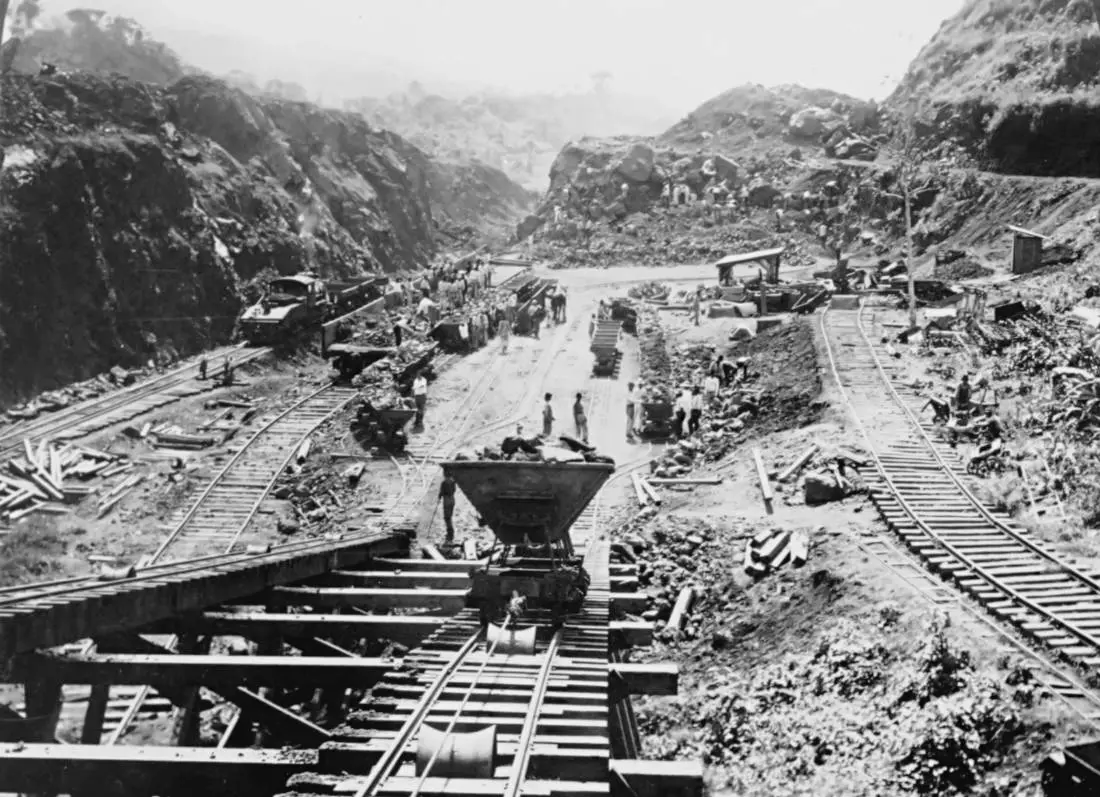
Workers came in large numbers, but the disease problems were still a threat. But in 1904, William C. Gorgas became sanitation officer, and he took several steps to reduce the spread of fatal illnesses.
Disease control was integral to the US operation. Better sanitation, water systems, and mosquito netting allowed for better disease control and hindered yellow fever and malaria (primarily spread by mosquitos), which had killed so much of the French workforce. Still, about 5,600 workers died of diseases and accidents in the US construction attempt.
The US team also changed the underlying working principle of the canal. The design reconfiguration involving converting the French plan (a sea-level canal) to a lock system (raising and lowering ships) allowed for a more realistic and effective canal build.
In 1914, the Panama Canal was completed two years ahead of schedule (June 10, 1916).
The first vessel to cross the Panama Canal was not an actual ship but a floating crane, and it traveled from ocean to ocean on January 7, 1914. The first “real” ship to sail through the canal was the SS Cristobal on August 3, 1914.
The Panama Canal officially opened on August 15, 1914.
Later Expansions and Upgrades of the Panama Canal
Around the 1930s, the water supply to the canal and the lack of water storage became a problem. To solve this, work began on Madden Dam, which was finished in 1935 and simultaneously created Madden Lake. Its name was later changed to Alajuela Lake.
The canal needed a new set of larger locks capable of handling larger ships, and construction began in 1939. However, the project was canceled after World War II.
A new lane of traffic, including a new set of locks, doubled the Panama Canal’s capacity when it began operation in 2016.
Changing Control
When World War II was over, tensions began to rise between Panama and the United States over the control of the Panama Canal. Many people in Panama believed that the canal belonged to their country. Fights between Panamanians and US troops broke out, and several people were killed.
Negotiations towards an agreement began in 1974 and successfully ended when the US and Panama signed the Torrijos–Carter Treaties in 1977.
The treaties gave Panama complete control of the Panama Canal. A condition in the agreement was that Panama would guarantee permanent neutrality of the canal, and all ships of all nations would therefore be able to sail through it.
Panama took over control of the canal on December 31, 1999. It has been one of Panama's largest sources of income ever since.
The Panama Canal Today
This canal’s incredible history has led to its significance in marine trade globally today.
The Panama Canal Authority, a government-owned entity, manages and operates the canal. In 1966, night lighting was installed along the canal to allow nighttime passage. This was mainly because the demand for passage was so great that ships were lining up at each end of the canal.
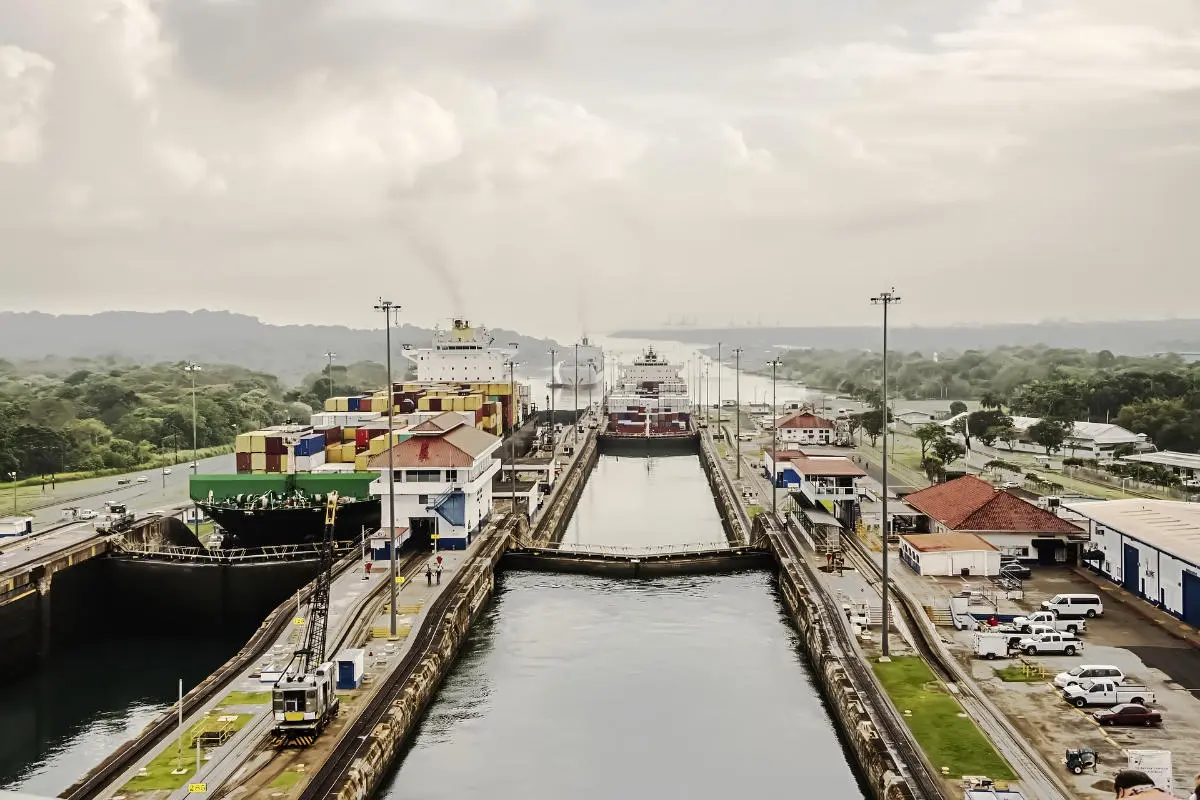
As Asian economies have developed exponentially in recent decades, the demand for the canal has increased even more. 5% of global maritime traffic passes through the Panama Canal, rendering it vital to the health of economies worldwide.
As demand for crossing is predicted to increase even more in the coming years, this number will likely grow, as will the expansions and maintenance of the canal’s infrastructure.
Frequently Asked Questions About the Panama Canal
Who Built the Panama Canal?
Construction of the Panama Canal was started by a French company but failed in 1889 due to difficult local conditions and tropical diseases.
The project was then picked up by the United States who, completed the Panama Canal in 1914.
When Was the Panama Canal Built?
Work on the Panama Canal began in 1881 but stopped in 1889. The US took over in 1904 and finished the canal in 1914.
Why was the Panama Canal Built?
The Panama Canal was built as a strategic conduit for ships to pass through to avoid the long and tiring journey from the Pacific to the Atlantic Ocean. As this section of South America is narrow land-wise, explorers surveyed several routes through it for the purposes of trade. The second option was to carve the canal through Nicaragua; however, the route through Panama was deemed more viable for various reasons.
The Canal’s inception brought world trade into a new era. By 1939, over 7,000 ships were passing through its waters annually. Today about 13,000 to 14,000 ships pass through each year.
How Much Did It Cost to Build the Panama Canal?
The losses incurred by the French after their first attempt at the canal were significant. Roughly 287 million USD was spent when the French abandoned the project.
When the United States took over and completed the canal project, their total costs had amounted to about 500 million USD.
In total, the French and the United States spent about 787 million dollars on building the Panama Canal.
What Types of Ships Pass Through the Panama Canal?
Most ships sailing through the Panama Canal are container ships and bulk carriers.
Because of the Panama Canal’s design, there are certain limits to how large ships it can handle. These size limits are called Panamax and New Panamax.
The new “Panamax” or 2016 maximum size limit for the canal is 1,201 feet long and 190 feet high with a 168-foot beam. This ship’s maximum tonnage is 120,000 DWT. In other words, some extremely large ships with significant cargo can pass through the Panama Canal. However, it will cost a small fortune to do so.
How Much Does It Cost to Cross the Panama Canal?
Because of the many benefits of taking the Panama Canal, it costs the shipping companies a fair price. Different price models apply depending on ship type, and the fee system is rather complex.
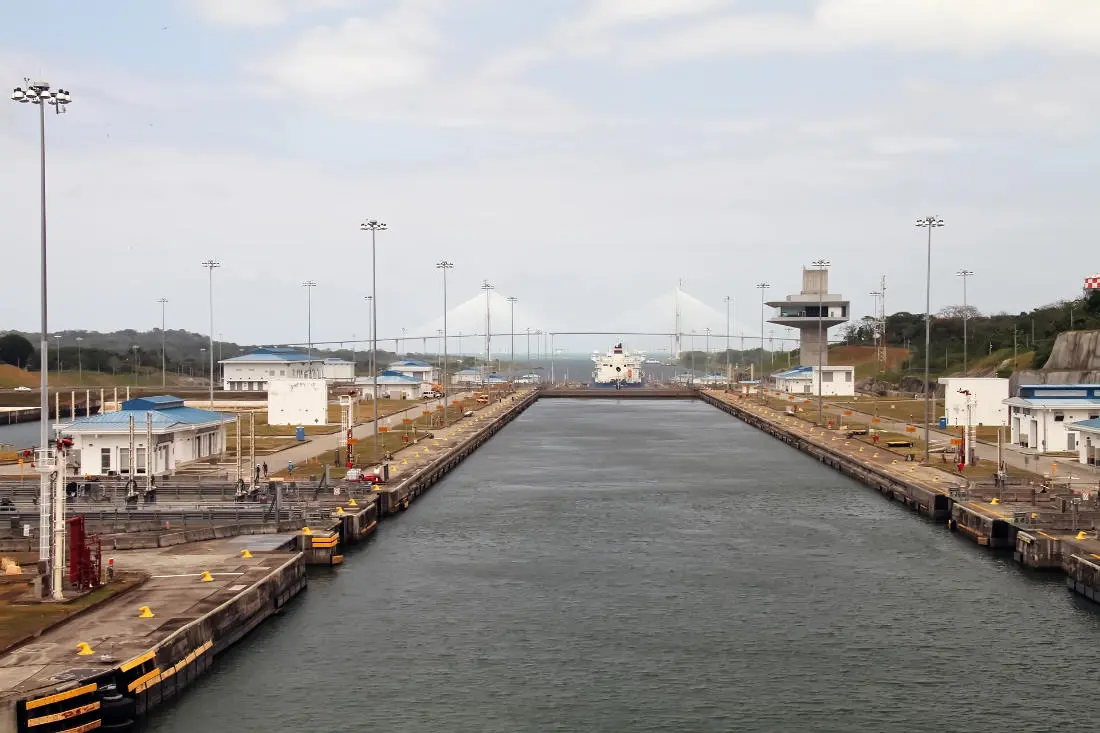
The average toll is around 54,000 USD, but it varies. Norweigan Pearl, a large cruise ship, paid 375,600 USD to pass through the Panama Canal in 2010.
Can Sailboats Pass Through the Panama Canal?
Yes, sailboats can indeed pass through the Panama Canal. Many sailors call this voyage one of the most rewarding a sailor can undertake, and it is highly regarded amongst the sailing community. However, the journey can be costly and, at times, stressful.
The most common route through the canal for sailboats is along the center-chamber lockage, and it requires that two to three boats raft up to sail through it. If you are considering sailing through the Panama Canal, be sure to do your research and prepare for the journey.
And remember that the canal is considered highly favorable to the long and often dangerous alternative routes.
Interesting Facts About the History of the Panama Canal
- The idea for the canal can be traced back to the 16th century.
- It takes roughly 8 to 10 hours for ships to travel from one end of the Panama Canal to the other.
- Nearly 40 ships pass through the Canal daily– approximately 14,000 ships per year.
- The Panama Canal can accommodate ships up to 1,201 feet long
- The first vessel to cross the Panama Canal was not a ship but a floating crane.
- Using the Panama Canal saves about 22 days of sailing compared to the long way around South America.
- Richard Haliburton swam the Panama Canal in 1928
- There are 12 locks along the Panama Canal to allow ships to pass through.
- The most recent expansion of the Panama Canal cost roughly 5.25 billion USD and took nearly ten years to complete.
In Conclusion
The Panama Canal has a long and exciting history, and its role in the modern maritime world cannot be understated.
The French first tried constructing the canal, but the local conditions and tropical diseases ended their efforts.
Later, the United States took over the Panama Canal project, and they finished it in 1914. When the canal was completed, it had cost a tremendous amount of money and tens of thousands of lives.
Also read:
